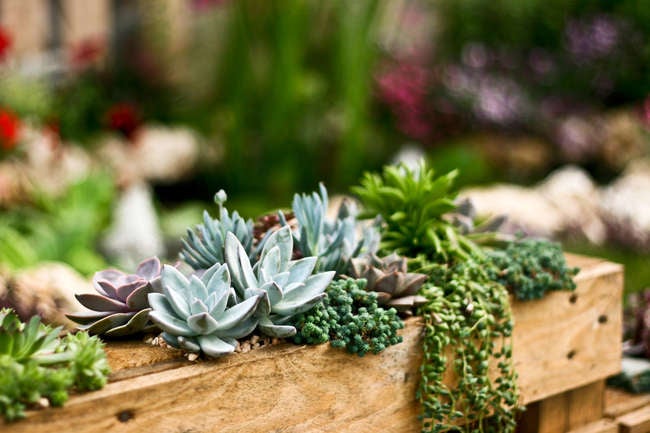

We may earn revenue from the products available on this page and participate in affiliate programs. Learn More ›
Home Advice You Can Trust
Tips, tricks & ideas for a better home and yard, delivered to your inbox daily.
How to Make a Dish Garden
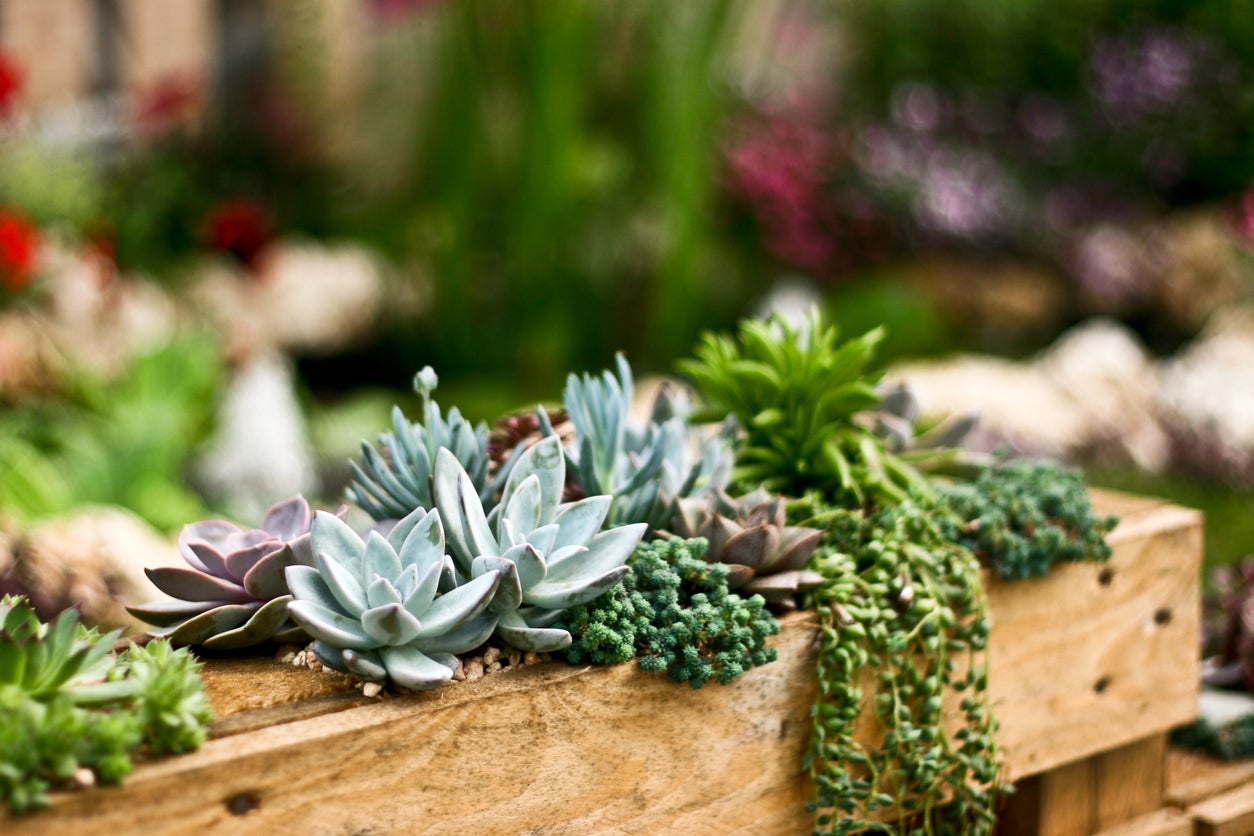
A dish garden involves arranging a collection of plants and flowers in a shallow container with no drainage holes. Look for a container that has a depth of at least 2 inches. The base layer of a dish garden typically consists of gravel, which offers ideal drainage. Add horticultural charcoal to your dish garden to prevent bacteria from growing in any standing water. In fact, overwatering is one of the biggest mistakes people make with dish gardens. It’s important to avoid saturating the roots of your dish garden plants in water to avoid root rot. Read on for 10 dish garden ideas to inspire your next project.
Sublime Succulents

Bring a desert atmosphere into your home with a dish garden made up entirely of succulents. Start with a large, shallow platter, and fill it with cactus soil rather than standard potting soil. While cacti and succulents both do well in dish gardens, avoid planting them together because of their differing watering requirements.
Beautiful Bonsai
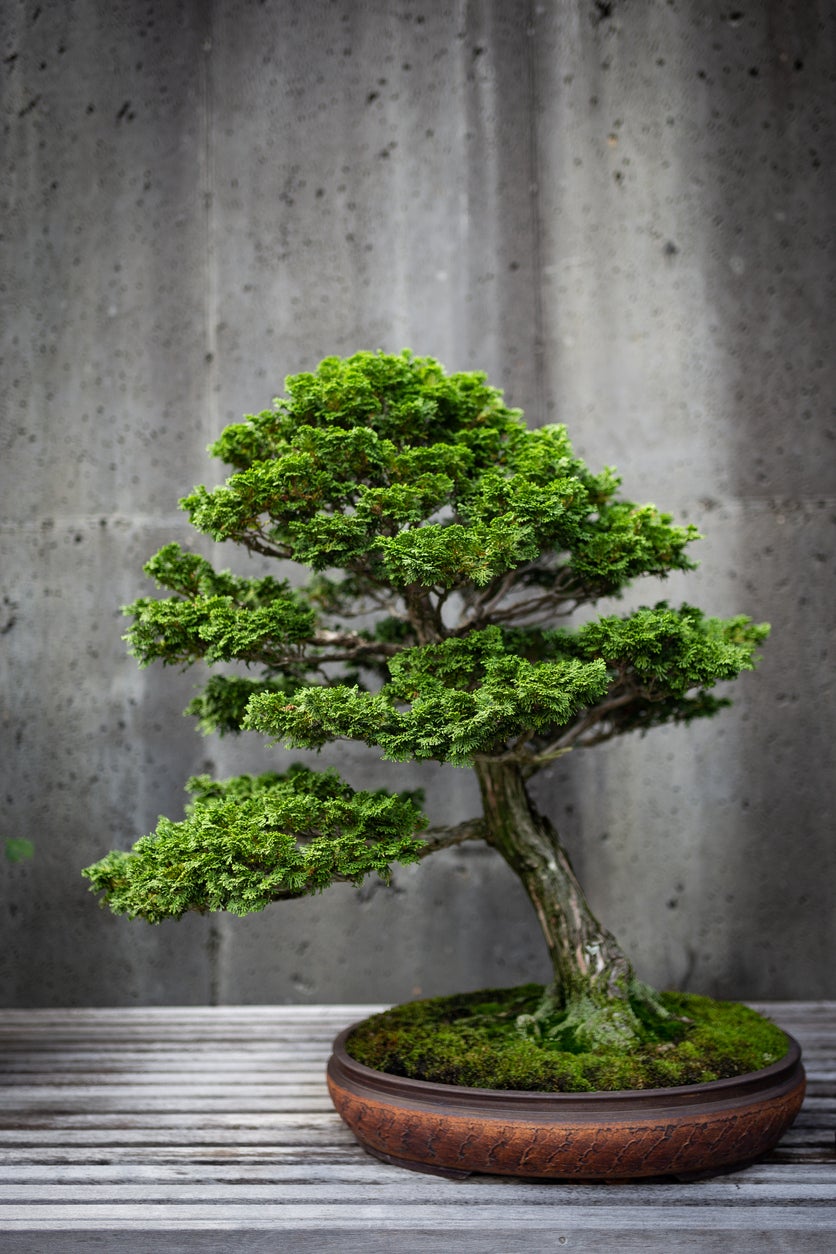
Grow a miniature tree inside your home by planting a bonsai dish garden. There are a number of different species you can use to create a bonsai tree effect. In fact, many people don’t realize that a bonsai isn’t actually a type of tree but rather a growing technique. Japanese maples, fir trees, camellias, ficuses, and juniper trees are all compatible with this growing method.
Mug Magic
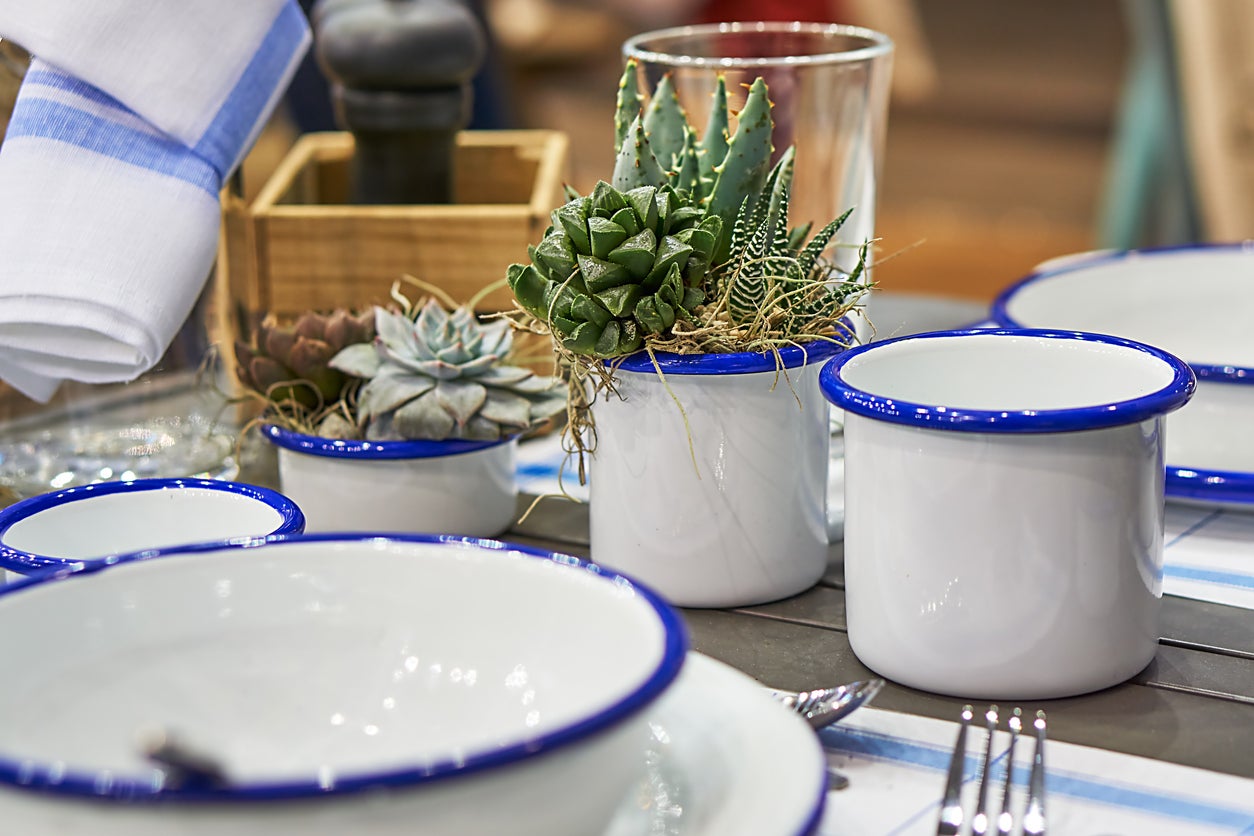
While the term “dish garden” typically refers to a garden planted in a low, shallow vessel, the concept can also encompass other types of dishes. This tiny garden features an array of succulents planted in a mug. Achieve this look by filling the bottom of a mug with small pebbles and adding a layer of well-draining potting mix.
Driftwood Dream
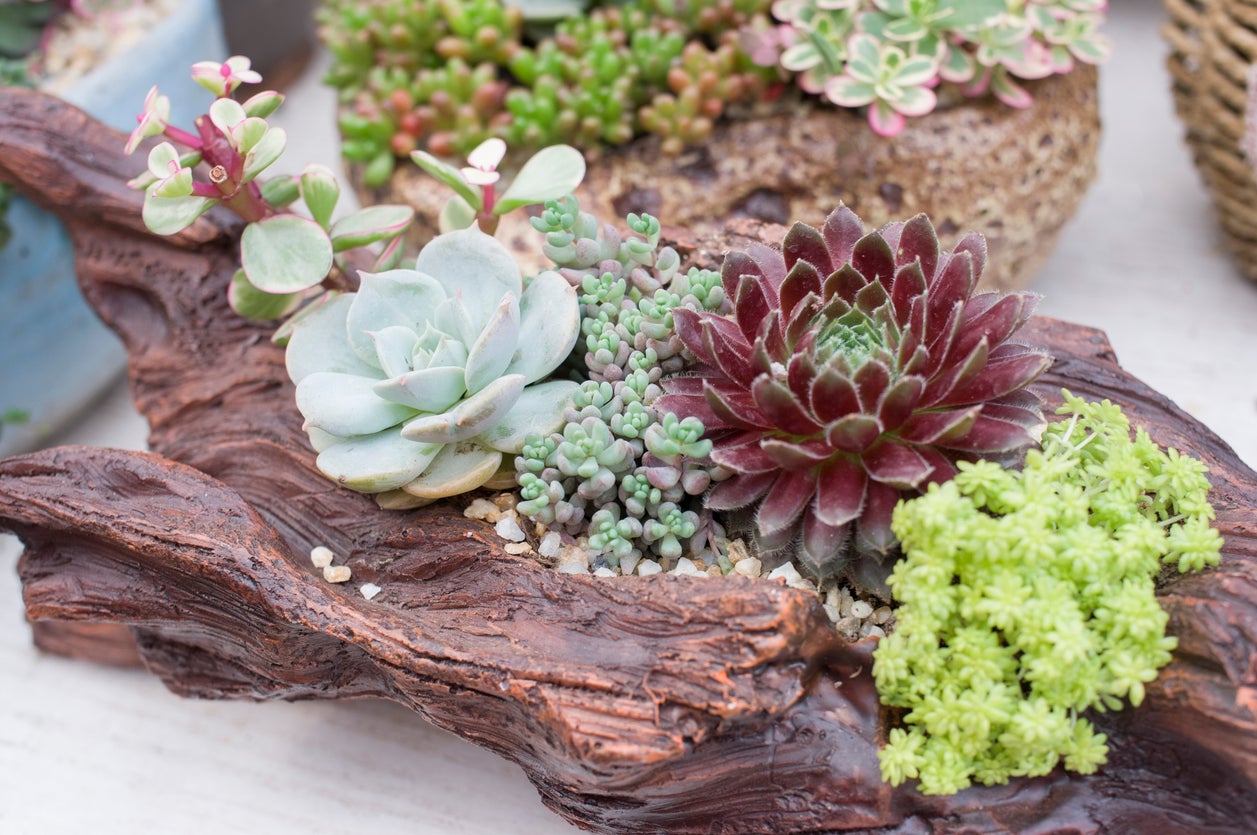
The term “dish garden” doesn’t have to apply strictly to gardens grown in actual dishes. In this example, a miniature succulent garden grows in a piece of driftwood. To replicate the effect, follow the same steps as you would with a regular dish garden, taking care that there is enough gravel at the bottom to ensure proper drainage.
Bountiful Box
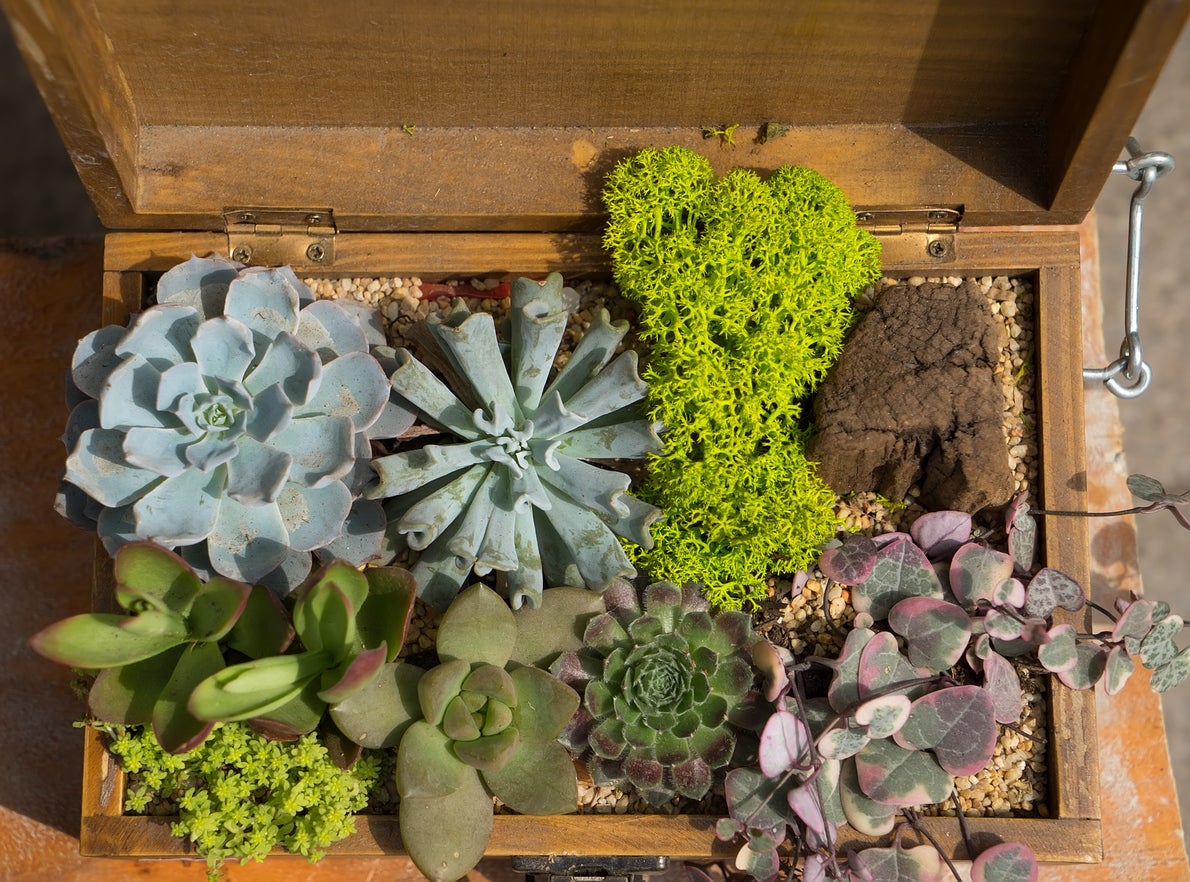
Use a vintage wooden box to create a dish garden that looks like a treasure chest. To reproduce this look, fill a box with succulents and mosses. When using a vessel made of wood, be sure to protect the container’s surface by lining the bottom with a layer of plastic so it doesn’t become saturated with water.
Tropical Treat
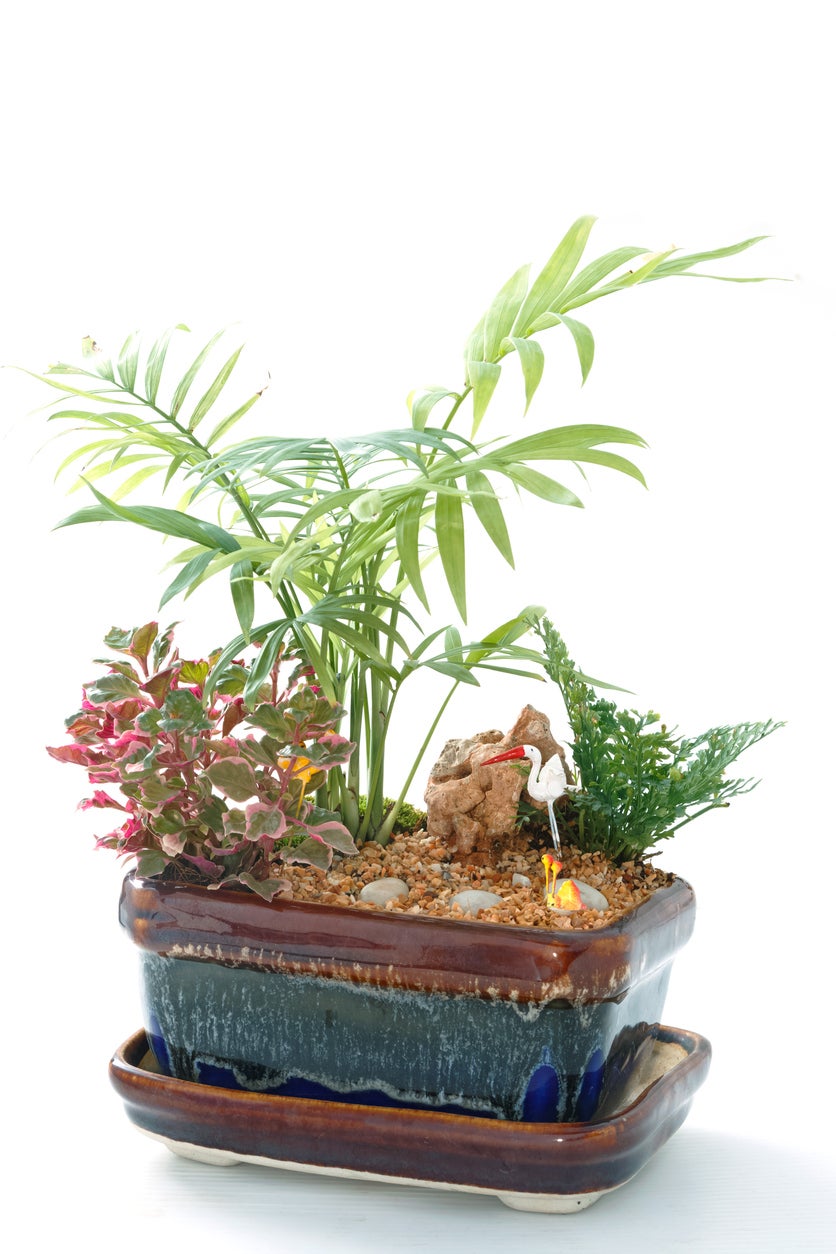
One way to have fun with your dish garden is to create a miniature scene reminiscent of a desert, forest, or tropical oasis. This lush landscape makes good use of a larger container to accommodate a mix of tropical and nontropical plants, a curving stone path, and a tropical bird figurine that adds a touch of whimsy.
Modern Marvel
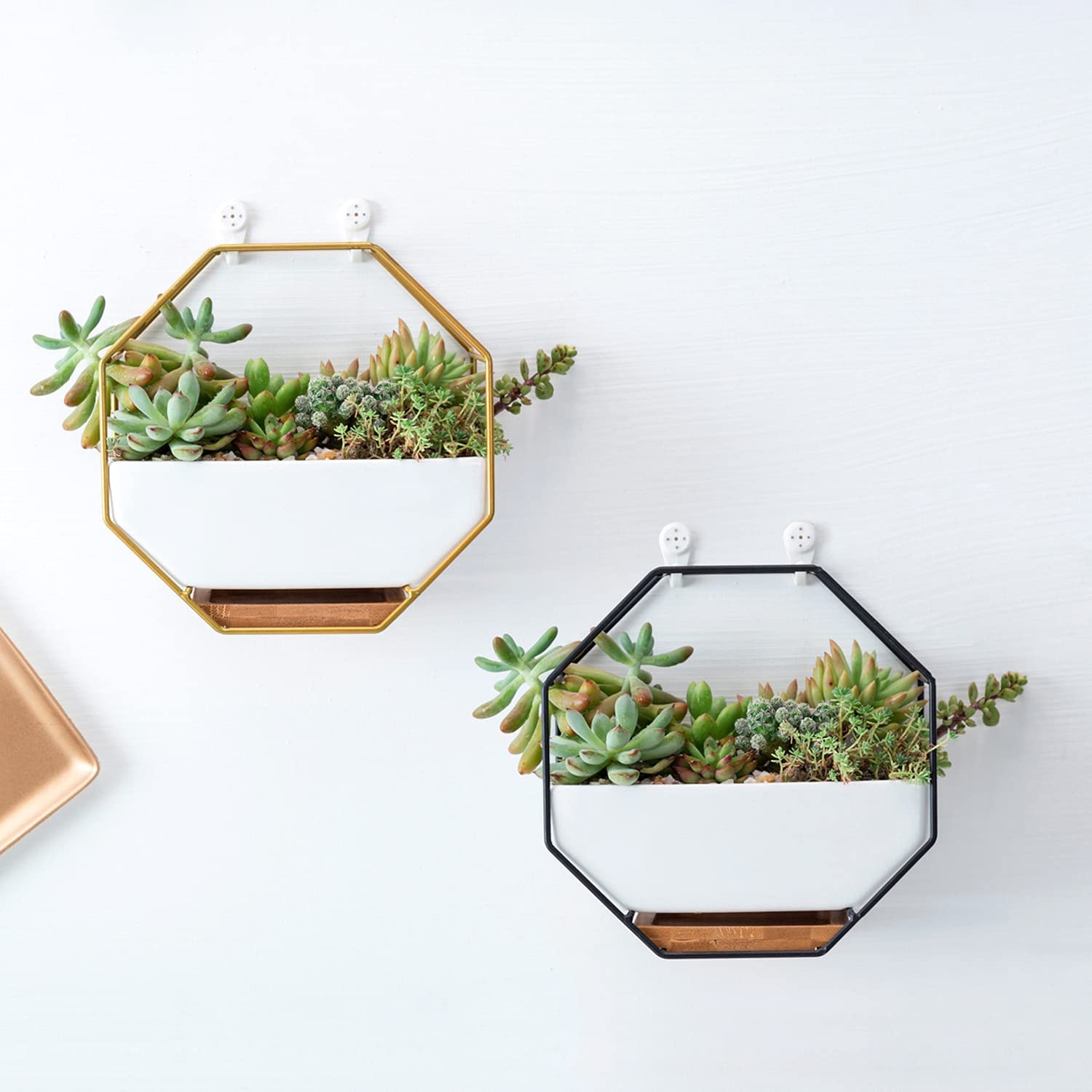
While you can make a dish garden from containers you have around the house, there are also specially made planters like this one (available on Amazon). The shallow ceramic planter is supported by a metal frame that gives it a modern, geometric aesthetic. The planter can hang on a wall or sit on a desk or table, and the metal frame is available in either black or gold.
Gorgeous Glass
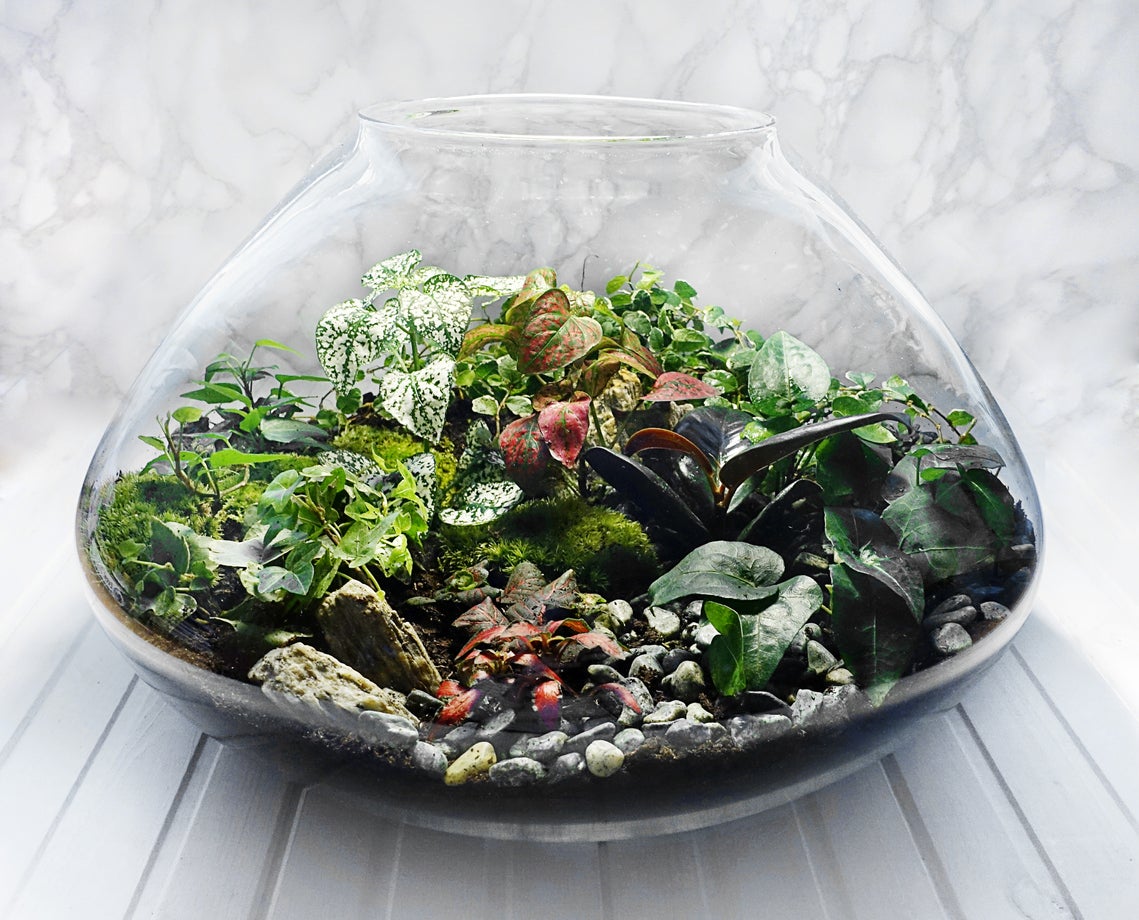
While gardens planted in glass vessels are typically referred to as terrariums rather than dish gardens, the process for creating them is essentially the same. When designing your dish garden or terrarium, be sure to choose plants that all have similar water, soil, and sunlight needs. Topping off your dish garden with tiny pebbles or Spanish moss adds a decorative effect and helps the soil retain moisture.
Cacti Charm
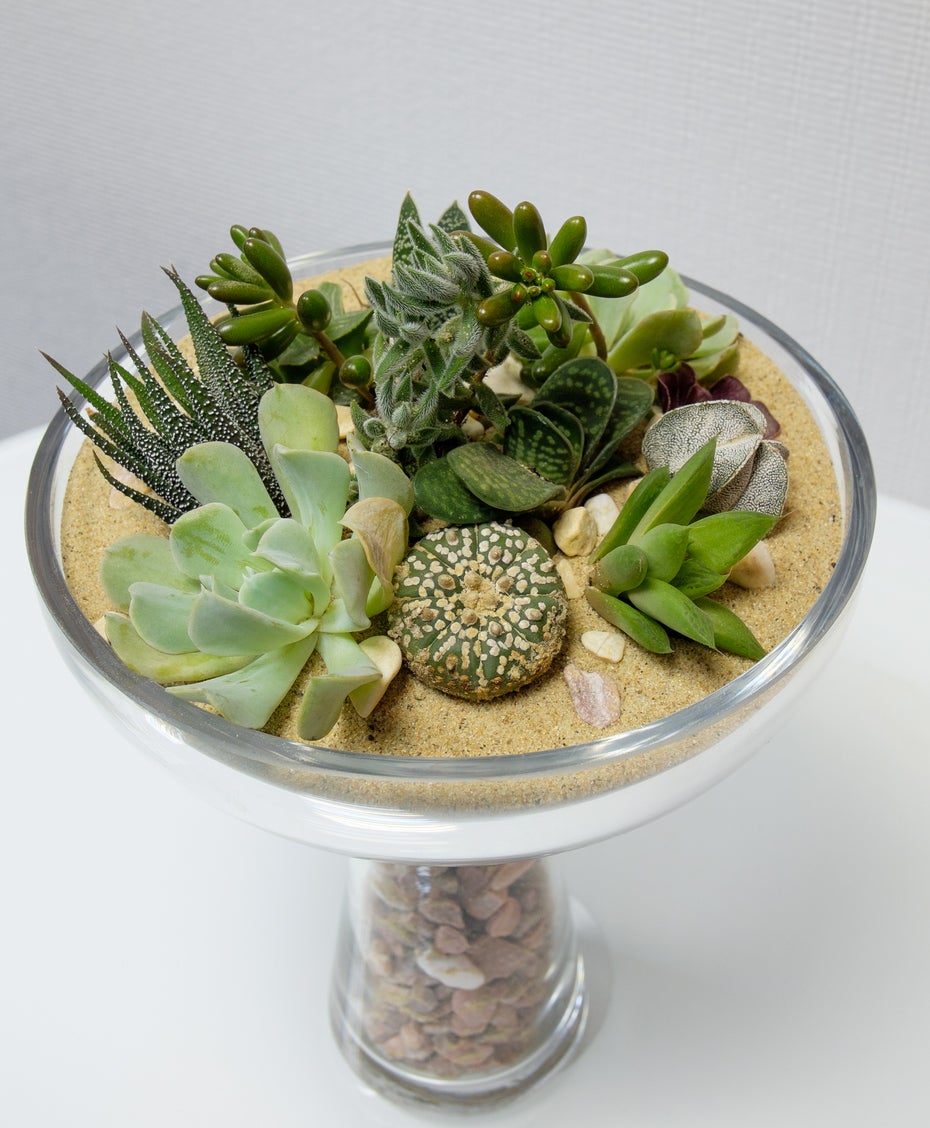
This pedestal-style dish garden is filled with sand, which works well for growing cacti and succulents. Choose slow-growing cultivars that will stay small; to restrict growth, avoid fertilizing the plants in your dish garden. Place your dish garden in a location that gets bright, indirect sunlight for the best results.
Fanciful Flowers
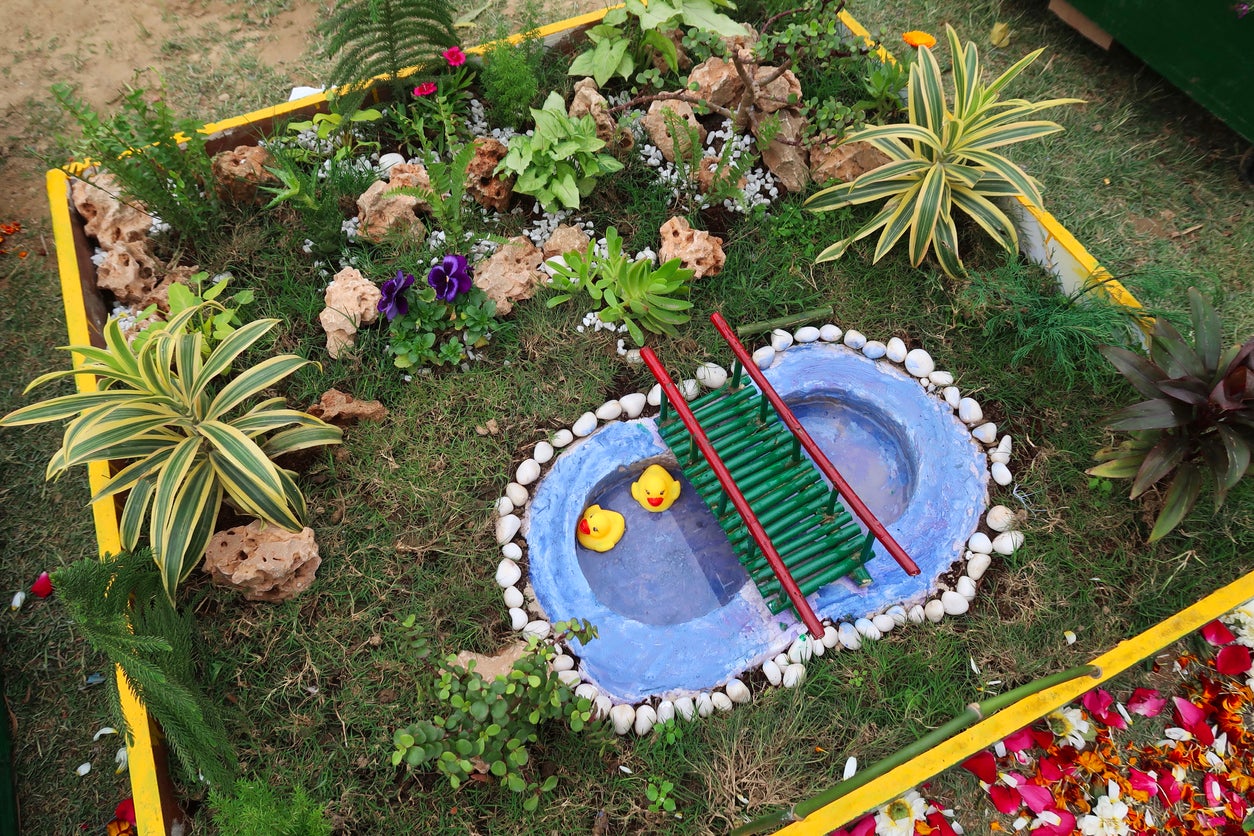
Creating a whimsical dish garden is a great way to encourage children to become interested in horticulture. This example features flowering alpine plants, succulents, cacti, and decorative rocks arranged into a backyard scene. Along with the plants, there’s a miniature bridge spanning a pond that is home to a few tiny rubber ducks.

Meet the 2025 Tools of the Year
After months of scouring the market and putting products through their paces, we’ve named the best of the best in new tools. There’s something for everyone, from veteran pros to average Joes.